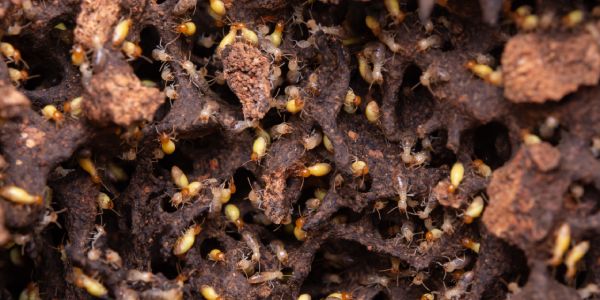
Termite Farts
When we think about methane emissions, cows often come to mind. However, there is another unlikely source that plays a significant role in the release of this potent greenhouse gas: termites. These tiny insects may not be the first thing that comes to mind when we talk about methane, but their collective emissions do have an impact on the environment. Let’s explore the world of termite farts, their methane emissions, and compare them to livestock emissions on a global scale.
Do Termites Fart?
Yes, termites do produce gas, including methane, as a byproduct of their digestion. Termites have specialized gut microorganisms that help them break down cellulose, a complex carbohydrate found in plant material. During the process of digestion, these microorganisms produce methane as a waste product. The methane is then released through the termite farts. So, while termites may be tiny, they are not exempt from contributing to global methane emissions.
Do Termite Farts Stink?
Interestingly, termite farts themselves are odorless. Unlike the pungent smell often associated with human flatulence, termite farts do not produce an offensive odor. This is because the gases released by termites are primarily methane, which is odorless in its pure form. So, rest assured, you won’t be detecting any foul smells in the vicinity of a termite colony.
Termite Methane Emissions and Comparison to Livestock
Termites are estimated to be responsible for emitting about 2 to 22 million metric tons of methane annually, according to various studies. While this may sound like a large number, it is important to put it into perspective. Livestock, particularly cows, are commonly associated with methane emissions due to their digestive processes. Cattle are estimated to produce around 70 to 120 million metric tons of methane per year.
While termites’ methane emissions are significant in terms of quantity, they account for a relatively small proportion of global methane emissions. It is estimated that termites contribute to approximately 1 to 3 percent of global methane emissions, while livestock emissions account for around 14 to 18 percent. So, although termites do play a role, their overall impact on methane emissions is comparatively smaller than that of livestock.
The presence of termites in homes and structures is undoubtedly a cause for concern due to the potential damage they can cause. Termite infestations can compromise the structural integrity of buildings and result in costly repairs. While termites’ methane emissions are not a primary reason for calling an exterminator, their potential to contribute to greenhouse gas emissions is an interesting aspect to consider.
In the grand scheme of methane emissions, termites do make their mark, albeit a relatively small one compared to other sources such as livestock. Their unique digestive processes and symbiotic relationships with gut microorganisms result in the release of methane gas, albeit odorless. While it’s fascinating to delve into the world of termite farts, it’s important to focus on the larger sources of methane emissions and work towards reducing them for the sake of mitigating climate change.
So, the next time you encounter a termite colony, remember that their flatulence, although intriguing, is not the main reason to call an exterminator… just an added bonus.

